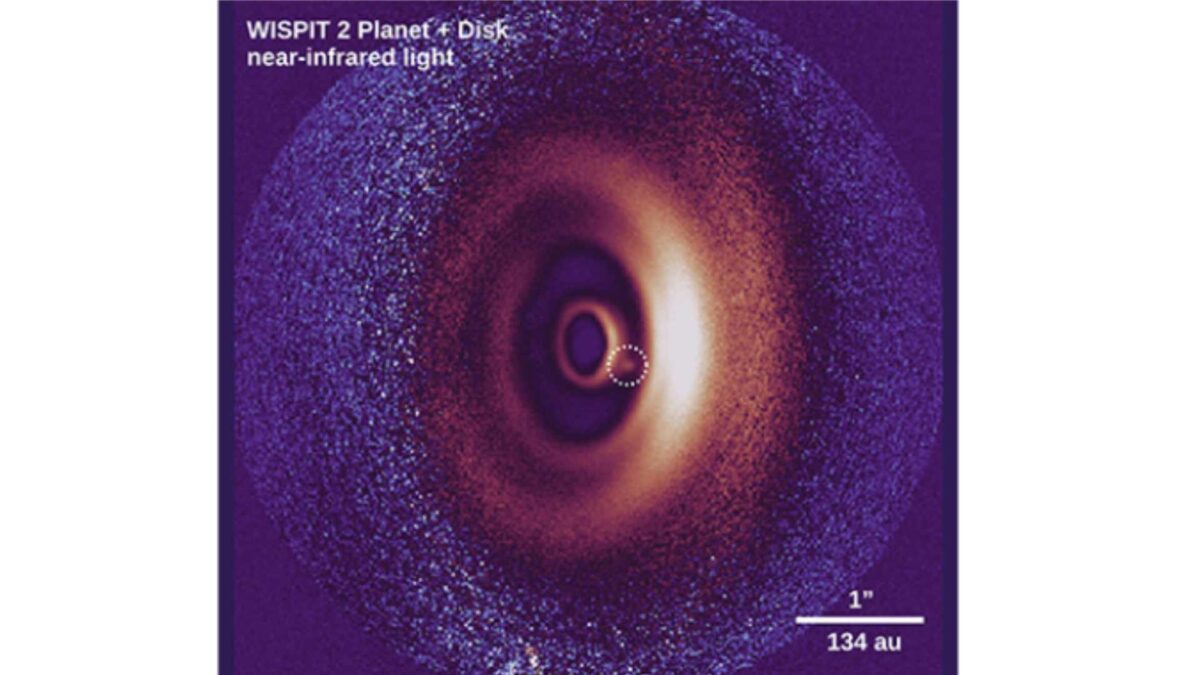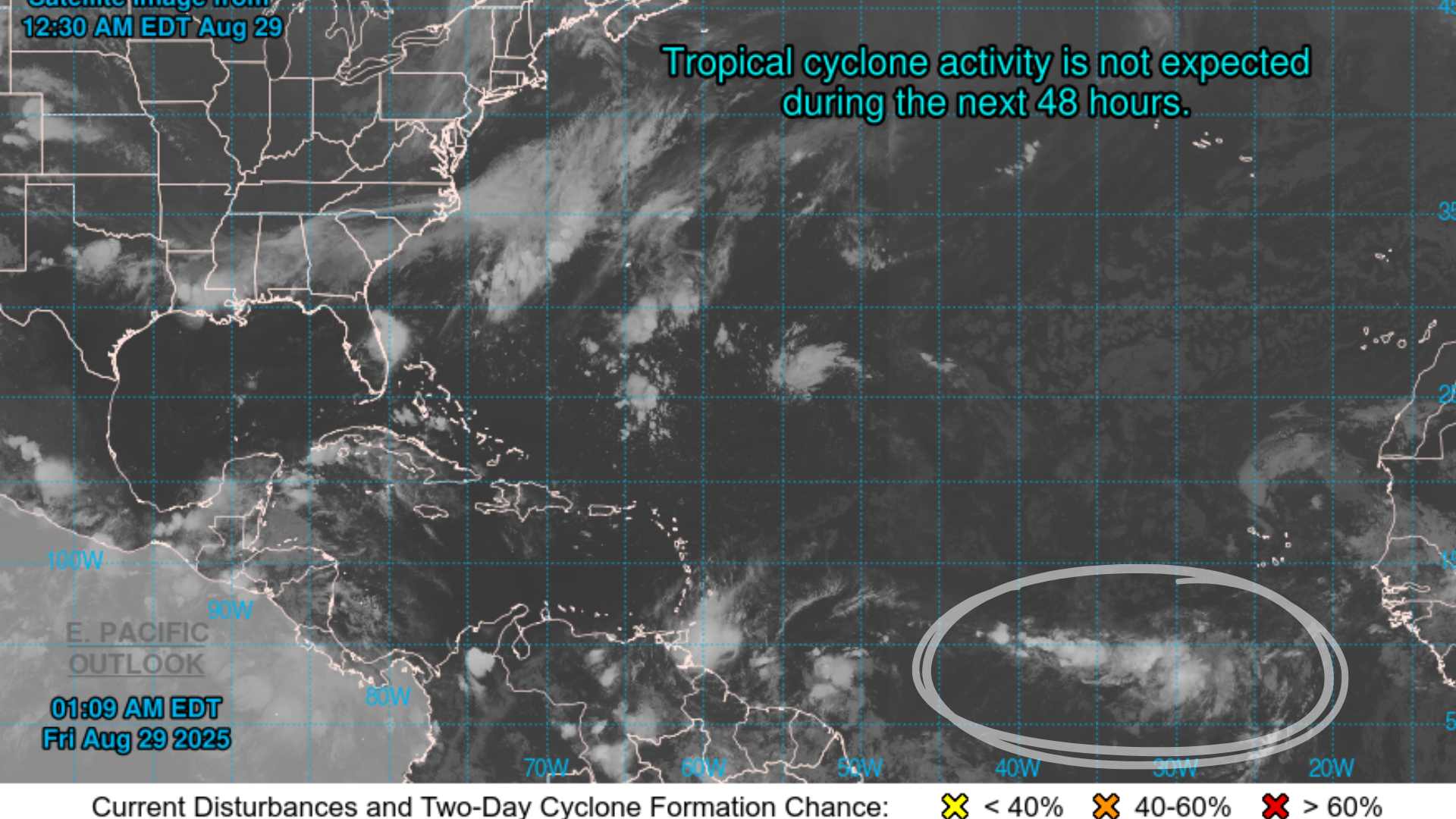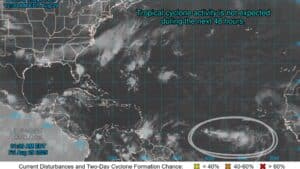
Galway team uncovers planet forming around Sun-like star

An international team of astronomers, co-led by researchers at University of Galway, has discovered a planet at one of the earliest stages of formation ever observed.
The new planet, named WISPIT 2b, is about 5 million years old and is thought to be a gas giant similar in size to Jupiter. It was detected orbiting a young analogue of our Sun, embedded in a spectacular multi-ringed disk of dust and gas where planets are born.
The research, led by Leiden University in the Netherlands, University of Galway and the University of Arizona, has been published in the journal Astrophysical Journal Letters. The finding is only the second confirmed case of a planet detected at such an early stage of evolution around a Sun-like star.
The discovery was made using the European Southern Observatory’s Very Large Telescope in Chile. To mark the announcement, ESO has released a striking image of WISPIT 2b and its surrounding birth disk as its picture of the week.

Image of a dusty disk around a young star. Among the multiple concentric rings we see a small dot of light (indicated by a white circle). This is an image of a new-born planet, likely a gas giant similar to Jupiter in our own solar system but about 5 times more massive. These observations were taken with the ESO Very Large Telescope in near-infrared light. Credit: C. Ginski/R. van Capelleveen et al.
Dr Christian Ginski, lecturer at University of Galway and second author on the paper, said the team initially set out to conduct short snapshot observations of young stars in search of planets. Instead, they stumbled upon the striking dust rings around WISPIT 2. “When we saw this multi-ringed disk for the first time, we knew we had to try and see if we could detect a planet within it, so we quickly asked for follow-up observations,” he said.
Follow-up work confirmed a glowing proto-planet inside a gap in the disk. The planet was detected both in infrared light, which revealed its heat from formation, and in visible light using a specialised instrument developed at the University of Arizona. The visible-light detection showed that WISPIT 2b is still actively accreting gas to form its atmosphere.
For University of Galway researchers, the breakthrough has been particularly significant. Three postgraduate students specialising in astrophysics co-authored the study, alongside early-career lead author Richelle van Capelleveen of Leiden University. Dr Ginski described it as a landmark achievement for the next generation of astronomers.
The system is likely to become a key reference point for the study of planet formation. Dust and gas disks around young stars are believed to be the cradles of planets, but capturing a clear image of a forming planet remains exceptionally rare. The disk around WISPIT 2 stretches some 380 times the distance between the Earth and the Sun, with its rings offering new insight into how giant planets shape their environments.
“This was such a mind-blowing project to be part of,” said Dan McLachlan, an MSc student at University of Galway. His colleague Jake Byrne added: “The planet is a remarkable discovery. I could hardly believe it was a real detection when Dr Ginski first showed me the image.”
The discovery comes from a five-year observational project examining whether gas giant planets on wide orbits are more common around younger or older stars. Instead of a general pattern, the astronomers found an exceptional and unique system.
“This is a benchmark discovery,” said Ms van Capelleveen. “We were incredibly lucky to find such a spectacular system in a relatively unstudied region. It will be a key target for years to come.”
Share this WeathÉire story:

























